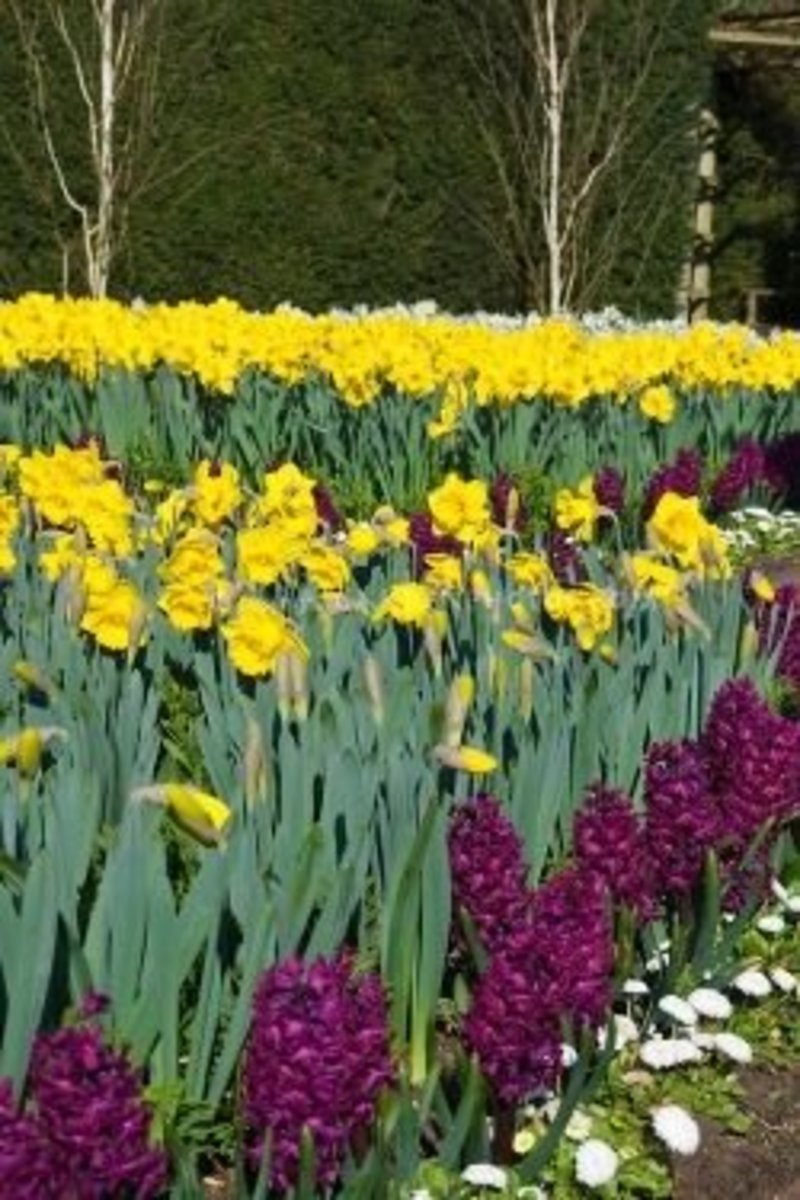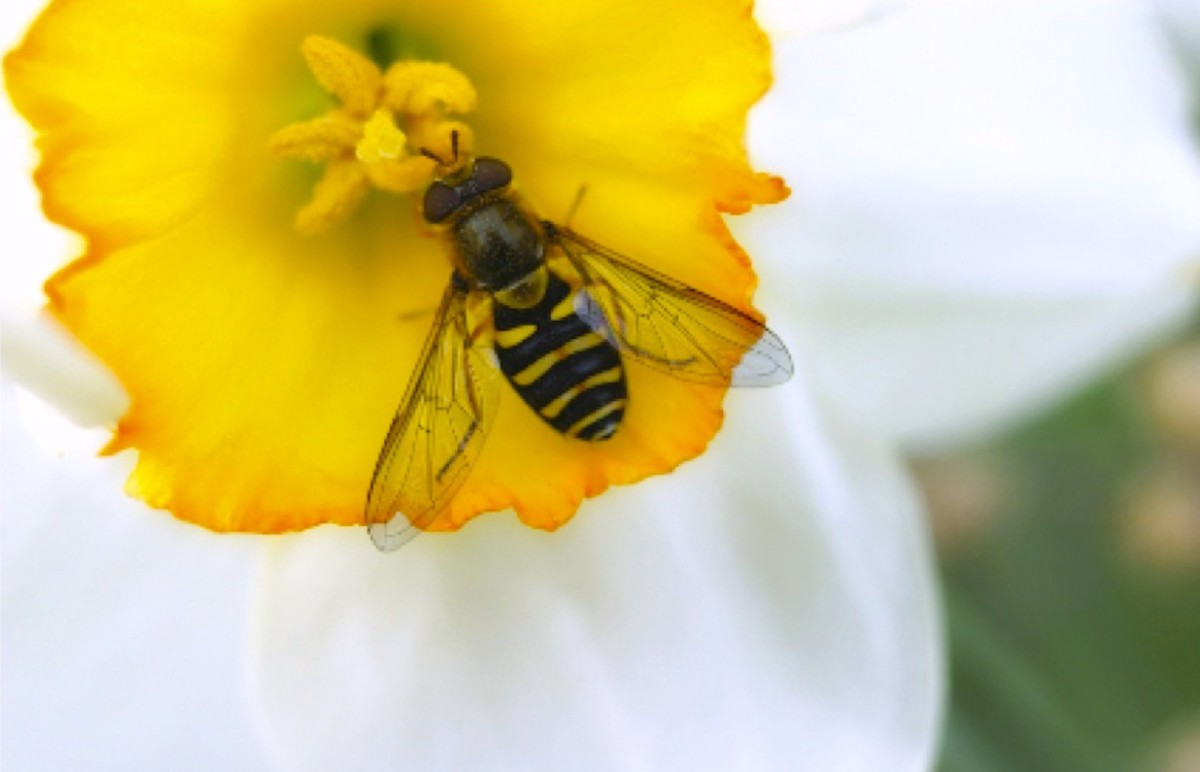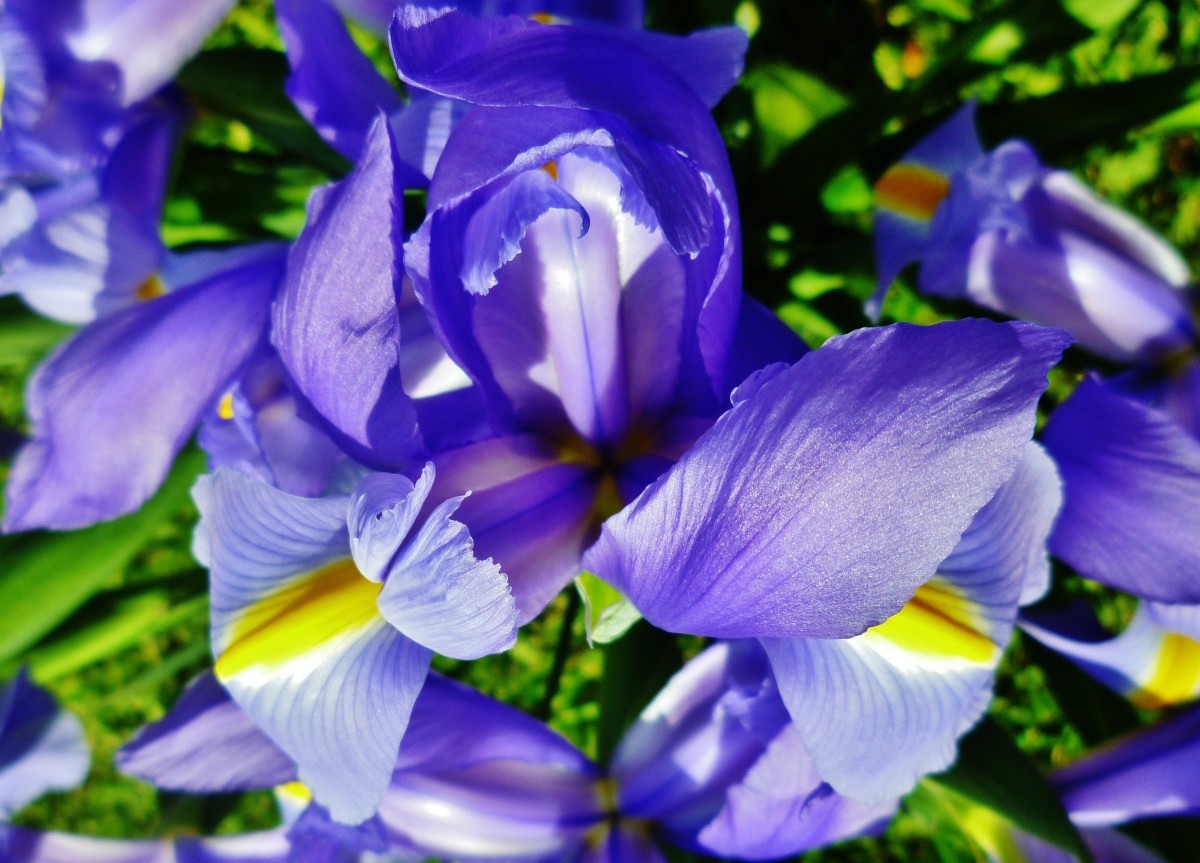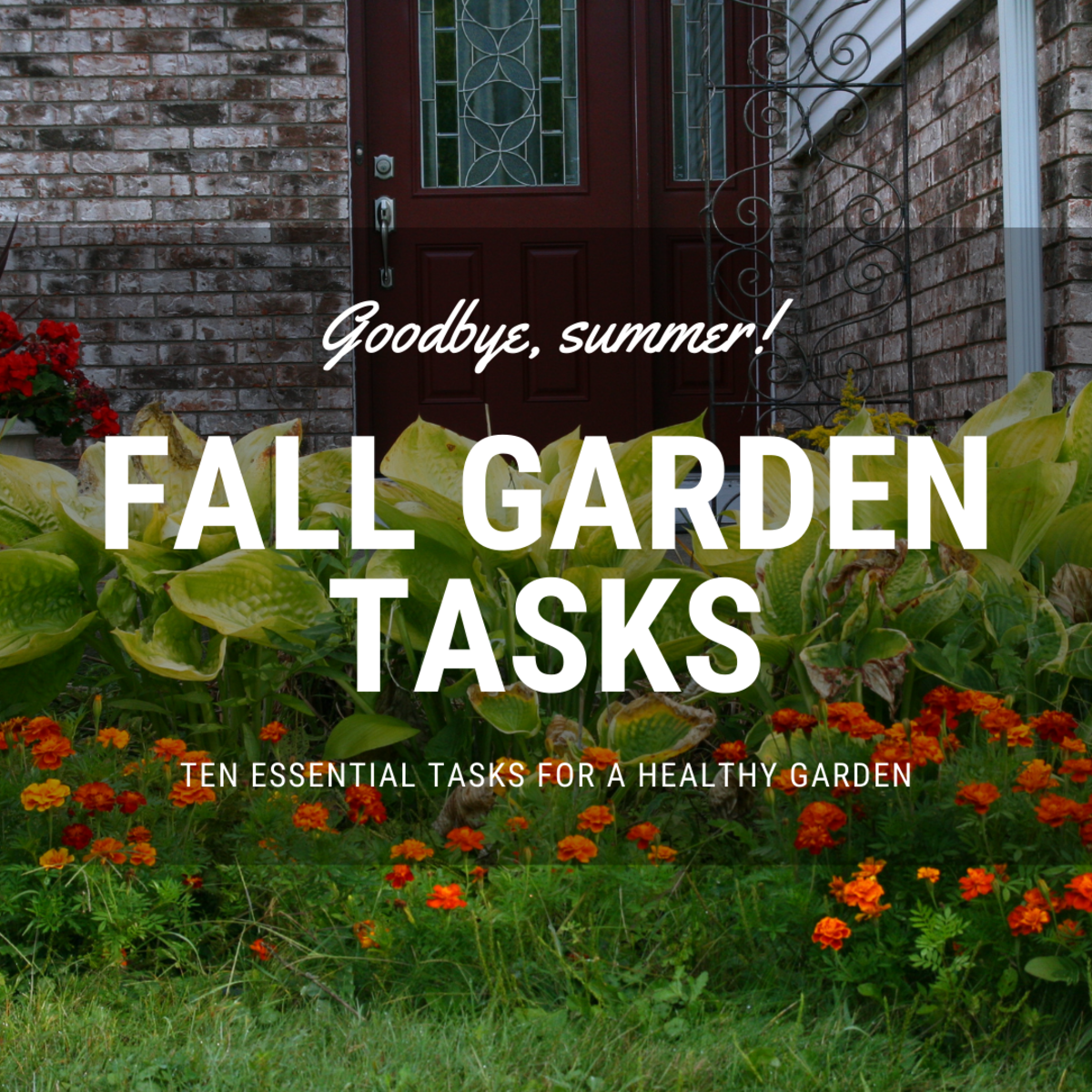Perennial Gardens
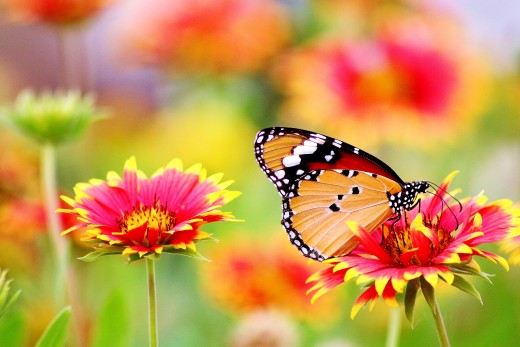
Best Perennial Garden Tips and Ideas
Perennials can be the foundation of any garden. Over a period of two years, I have been filling my gardens with these gems as the framework of my flower and plant display. They are an investment, but can reap huge rewards. I build with these beauties and then enjoy them as they reappear every year.
I love them because they are dependable performers every year and make my landscape shine
Even when they are not in bloom, the foliage of perennials give color to every garden
Your First Step In Perennial Gardening
Before you get started with your perennial garden, know what zone you are living in. Your growing zone will determine what will grow best
How To Chose Perennials
- Perennials That Enjoy The Sun
Beautiful pictures and information that will spark your imagination for your sunniest areas - Perennials That Thrive In Shade
Have a shady spot, you can grow some awesome flowers. Learn more - Top 10 Easiest Perennials
Great ideas for beginners or low maintenance ideas - Picking The Perfect Perennial
Great guide to getting started with your perennial garden - Better Homes and Gardens Guide To Choosing Perennials
Great guide from Better Homes and Gardens
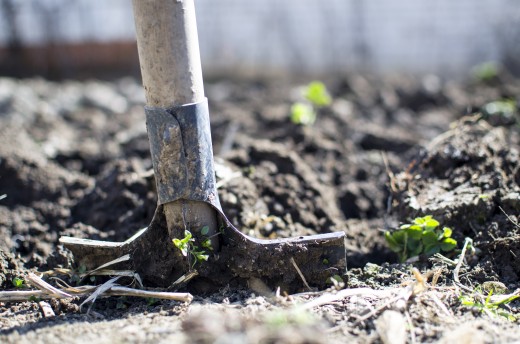
Prepping Your Perennial Flower Bed
Preparing your perennial flower bed correctly will provide years of satisfaction to you ! Doing it right makes all the difference in the world !
- The first thing to get done to prepare a bed for perennial flower bed is to get rid of the weeds. Use a herbicide like Round up. Apply the herbicide to all actively growing weeds before doing anything else.This is best done after the temperatures in your area reach a 50 degrees or more daily. Spring and fall applications of this product yield the best results. Always follow the manufacturers directions for best results Outline the shape of your bed with a garden hose. Spray within the outline of your shape. You should see the results within 7-10 days.
- After all the vegetation has turn brown you are ready to till or dig the flower bed. You may want to leave the bed for a week or two to see if the weeds come back. If they do, just apply a second dose of herbicide.
- You need a well drained soil mix. Perennials like water, but do not want to have wet feet for long. Avoid planting them in low lying areas. Add organic matter at a rate of about 25-30 percent by volume of soil. This translates to adding about 3-4 inches of organic matter on top of the bed and working it into about 10-12 inches of soil.
- If you area really has poor drainage, raised beds may be the answer. Drainage can be checked by simply digging a hole 8-12 inches deep and filling it with water. Let it drain and fill it again. If this water drains in less than 1 hour, drainage should be just right.
- Add fertilizer.he fertilizer requirements for new beds consists of adding about two pounds of 5-10-5 fertilizer per 100 square feet of garden bed area. Till this in at the time of bed preparation.
Feeding Your Perennials
How To Fertilize Them
Perennials do not require a lot of feeding. Most of them only require one spring feeding of a fertilizer low-nitrogen, high-phosphorus fertilizer (5-10-5). For established plants, scratch a handful of fertilizer around each plant. Annual or biennial applications of aged manure or finished compost will restore trace elements and improve soil texture and water retention.
You can use a bloom fertilizer for your flowering perennials. Follow the directions on the bag
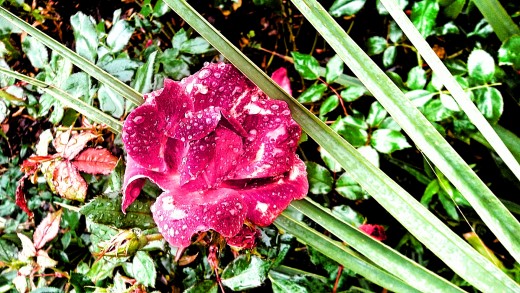
Watering Perennials
You Can Grow them Even in Drier Areas
The great thing about perennials is that they need a lot less water than vegetables. Mulching them will help retain water. If you select plants suited to your area, you may hardly need to water at all-and rely on the natural rain to do the job. If you do have to water, avoid getting the foliage wet as much as possible. Soaker hoses are perfect for your perennial garden
Never water your plants at night. The water will stay on the plants and may cause disease staying wetter longer
Staking Your Perennials
Many tall or weak stemmed perennials need support. Put your supports in as early as possible. Make them as invisible as you can. I love these bamboo supports. They do the job and are natura
Use a material to "tie" your plants that won't damage the stalks.l
Dividing Your Perennials
It's Just Like A Harvest !
Many of the plants in the perennial family can be divided to give you new plants, every few years. Spring is generally the best time to do this chore. But, some fleshy rooted perennials such as poppy, peony, and iris are best divided in the late summer to very early fall.
Once you remove the plants from the ground, place them on a tarp or a large plastic bag. Dig around the plant, removing the whole clump. Then, using a spade or sharp knife, start to cut the clump up so that each clump is the size of a quart or gallon sized perennial.
Discard the old, dead center and trim off any damaged roots. The divisions should be kept moist and shaded while you prepare the new planting site. After replanting, water well and protect the divisions from drying out.
Never separate a plant when it is in full bloom or at the peak of it's foliage. The best time to divide your clumps or bulbs is late spring, summer or fall.
Water Your Perennials Well After Planting After you have planted new perennials or divided plants, make sure to water your plants well, right down to the root ball for about two weeks
Deadheading and Pruning Perennials
Some plants drop their flowers and other retain them until they go to seed. Removing spent flowers will help your plants retain their beauty and may help them re-flower in the same season.
Some plants like roses should be pruned to remove their flowers. Always follow the growers recommendations !
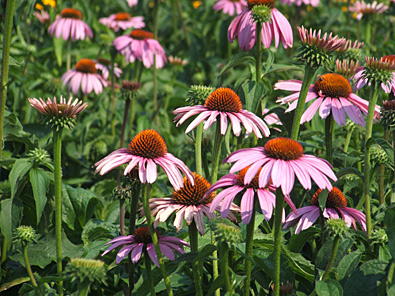
My Florida Perennials - Perennial Collection
One of the benefits of living in Florida is that our growing and blooming season is longer than a lot of the country. So in May, we have a lot of flowers and plants in bloom. The difference between our Northern neighbors and us is that we have more difficulty growing the Spring bulbs like daffodils, forsythia and tulips. The good side of all that is that we have roses almost year round, among others
- Roses are one of my personal favorites.ave a red rose, a yellow rose, a pink and white rose and a coral/pink rose. This year I will add a new "green" rose. Yes, roses do take a lot of care, but, the rewards are awesome
- Day Lilies I have a nice collection of day lilies. I have one bed full, plus a few scattered in several other beds. Over and above the flowers that they produce, I love the fact that I can periodically divide them. Often I will share them with friends and family.
- Iris I have some really beautiful purple Iris. They really create a stunning show every spring ! They are well worth the space in my beds !
- Amaryllis Here in Florida, you can actually grow amaryllis as a plant in the ground. They pop four to five flowers early in the spring and are a welcome sign of things to come
- Lantana Drought resist with nice bright flowers, this one is very popular in drier areas of the country
- Butterfly Bushes These beauties actually do draw dozens of butterflies every year. They bloom from early spring right through the fall. Their delicate flowers provide delightful color !
Early Spring Lillies
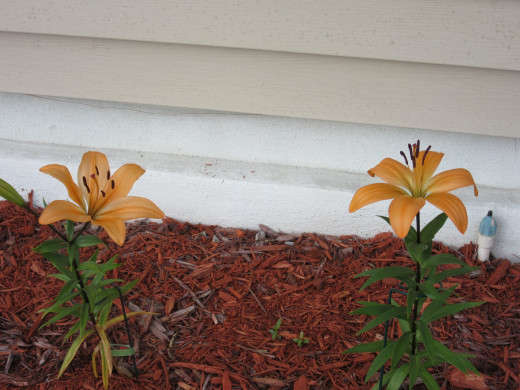
Pinching Your Perennials
Pinching your perennials is a good gardening practice that will result in more bushy and healthy plants. To pinch a plant, remove the growing tip of a stem by nipping it between your thumb and forefinger. Each single pinched stem will divide into two stems.
Pinch spring and early summer in the spring. The stems of late blooming summer and fall plants should be done no more than 1 foot in the late spring. Don't pinch after July 1st or you will lose a lot of blooms
Pinching is a must for asters and mums. These plants are grown in pots to be full and colorful. Failing to "pinch" them will cause the plants to become frail and leggy the next year
Weeding Your Perennial Garden
Wedding is one task in your perennial garden that you simply can't avoid. Laying a layer of mulch over your garden will help keep those pesky weeds away. But you really have to hand weed your beds to keep your plants lush and growing. It's best to pull weeds before they mature so that they don't seed into your garden. Make sure that you get the entire weed, including the root.
Spring Roses
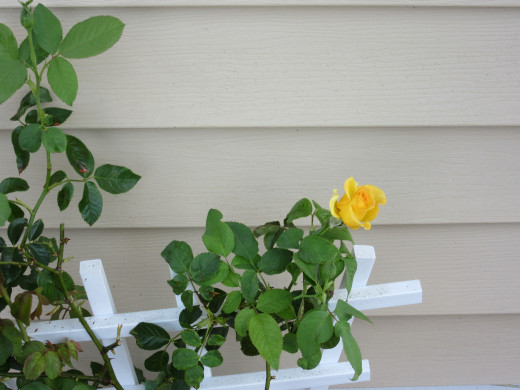
Mulching Your Perennials
Mulching is the job that you will get the most result from in your perennial garden. Not only does it keep the weeds away, but it also provides other distinct advantages. It should be organic material and be layered at about 2-4 inches deep
- Weed Control
- Reduces the need for watering
- Protects the roots of the plant from extreme temperature variations
- Keeps soil from running off
I like to use the bagged mulches. Check out your local stores. Usually in early spring you find really good buys. I generally mulch once every year....adding mulch where I need it
More About Perennials
If you have ornamental grasses, take a string trimmer to them in the spring. The old grow must be removed so that the new shoots can come up.
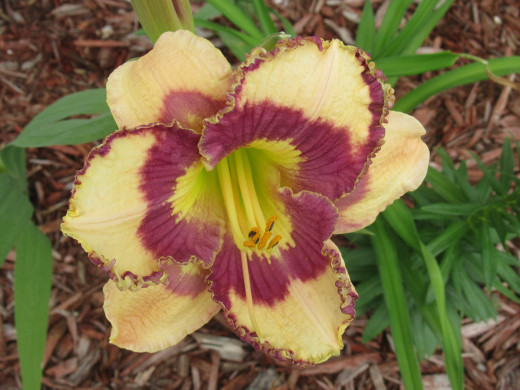
Creating A Bulb Perennial Garden
One of the easiest types of gardens that you can create is a perennial bulb garden. Once planted, all you need to do is some maintenance once a week.
The first thing to understand is your zone. Your planting zone is the area where you live. Many of the bulbs are you can use are rated for specific zones. That means that they will do well in specific areas. Like other perennials, some plants may not do well in your zone. For example, tulips are difficult to grow in Florida, because we do not have the cold winters that they need.
What kinds of bubs should you include in your garden?
Again, it depends on where you live, but here are some suggestions.:
Spring Planting
- Gladiola
- Calla Lily
- Caladium
- Cannas
- Daliah
- Lillies
- Anemone
Fall Bulbs
- Bearded iris
- Crocus
- Daffodils
- Hyacinth
- Peonies
- Day Lillies
- Tulips
Most of the bigger bulb will supply you with photos and information on the different types of bulbs they offer. This information can be found both online and in catalogs that will be sent. These are excellent places to start.
Not only can you select your bulbs, but you can lay out your garden, knowing how much distance between plants.
© 2013 Linda F Correa

